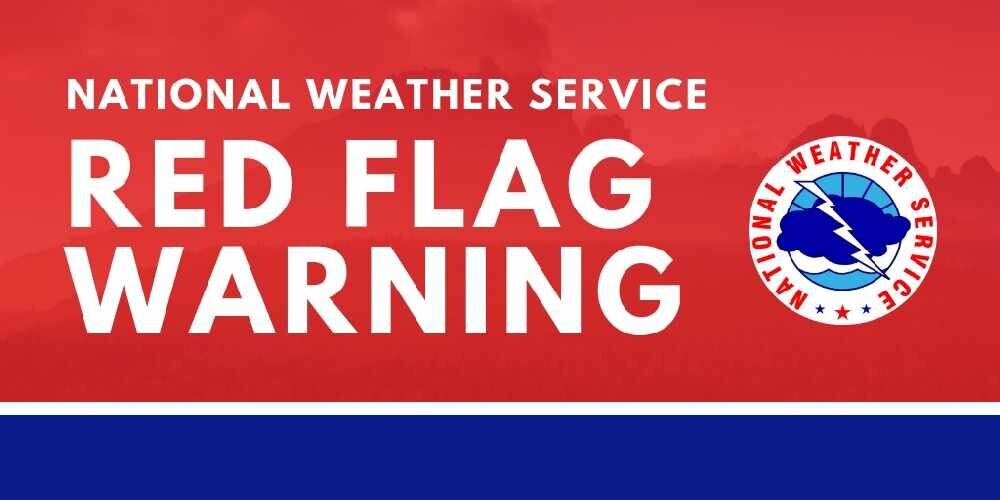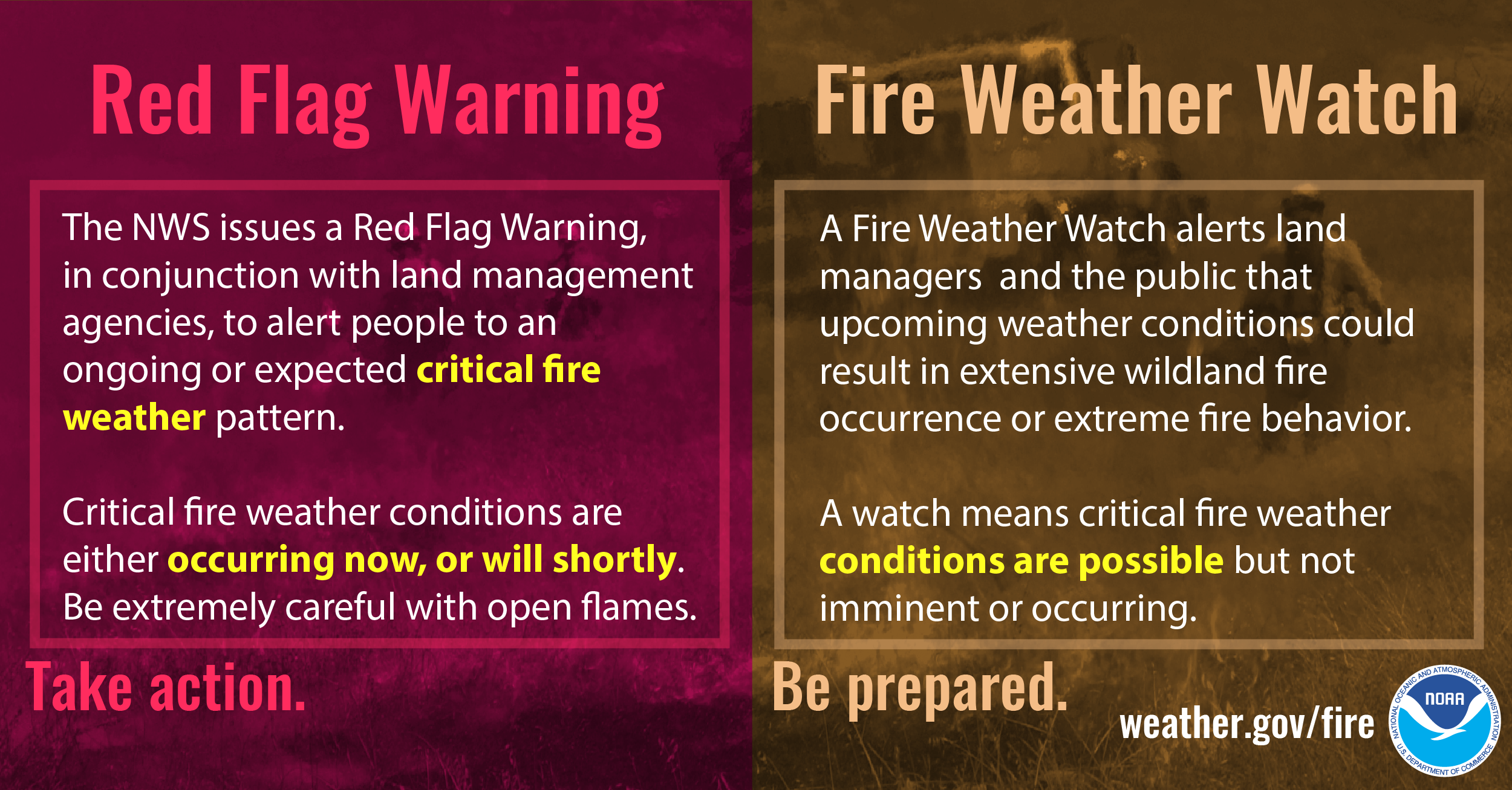Table of Contents
- Red Flag Fire Weather Warning for Southern Minnesota Today
- What's a 'Red Flag Warning'? What Should You Do About It?
- What's the difference between a fire weather watch and a red flag ...
- Red Flag (Fire Weather) Warning 2025 Forecast - Conni Diandra
- Social Media: Wildfire Safety
- Fire Weather Watch vs Red Flag Warning, what’s the difference?
- High fire danger, red flag warning for next 48 hours
- Red Flag Warning | Hutto Fire Rescue
- Red Flag Warnings / Fire Weather Watches
- Strengthening Intuition Week 8 – Honouring our Early Warning System ...



What is a Fire Weather Watch?





What is a Red Flag Warning?


Key Differences Between Fire Weather Watches and Red Flag Warnings
While both alerts indicate a heightened risk of wildfires, there are key differences between a Fire Weather Watch and a Red Flag Warning: Timing: A Fire Weather Watch is often issued 12-48 hours before critical fire weather conditions, while a Red Flag Warning is typically issued when conditions are already critical. Severity: A Red Flag Warning indicates a higher level of fire danger, with a greater risk of extreme fire behavior. Action: A Fire Weather Watch advises caution and preparation, while a Red Flag Warning requires immediate action to prevent wildfires and ensure public safety. In conclusion, understanding the definitions of Fire Weather Watches and Red Flag Warnings is crucial for staying safe during fire season. By knowing the difference between these two alerts, you can take the necessary precautions to protect yourself, your property, and your community from the threat of wildfires. Stay informed, stay vigilant, and stay safe!For more information on fire safety and prevention, visit the National Interagency Coordination Center or your local fire department's website.
